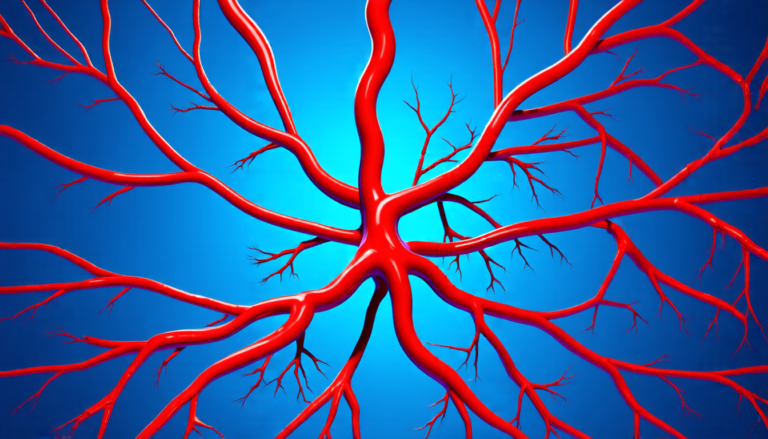Tuesday 22 July 2025
The pursuit of efficient and accurate medical image segmentation has been an ongoing challenge in the field of computer vision. Recent advancements have focused on designing complex models that prioritize performance over practicality, often resulting in large computational requirements and limited deployment possibilities. However, a new approach is shaking up this status quo by prioritizing simplicity and efficiency.
Enter SimpleUNet, a novel medical image segmentation model designed to achieve high-performance results while minimizing computational overhead. This breakthrough comes courtesy of researchers from the Shenzhen Maternity and Child Healthcare Hospital, who have successfully developed a scalable ultra-lightweight architecture capable of segmenting medical images with remarkable accuracy.
So, what makes SimpleUNet tick? For starters, its partial feature selection mechanism in skip connections allows for redundancy reduction while enhancing segmentation performance. This clever trick enables the model to focus on the most relevant features while discarding unnecessary information, thereby reducing computational complexity.
Another key innovation is its fixed-width architecture, which prevents exponential parameter growth across network stages. This design decision enables SimpleUNet to maintain a relatively small footprint, making it more deployable in resource-constrained environments.
Finally, the model’s adaptive feature fusion module achieves enhanced representation with minimal computational overhead. By adaptively combining features from different layers and scales, SimpleUNet can effectively capture contextual information without sacrificing speed or accuracy.
The results are nothing short of impressive. With a record-breaking 16 KB parameter configuration, SimpleUNet outperforms other lightweight benchmarks across multiple public datasets, including the breast lesion segmentation challenge on the ISIC 2017/2018 dataset and the endoscopic polyp segmentation task on KVASIR-SEG.
What’s more, the model’s efficiency is truly remarkable. The 0.67 MB variant achieves superior performance (85.76% mean DSC/IoU) on multi-center breast lesion datasets, surpassing both U-Net and TransUNet. These results demonstrate that extreme model compression need not compromise performance, providing new insights for efficient and accurate medical image segmentation.
The implications of SimpleUNet’s success are significant. As healthcare professionals increasingly rely on AI-powered tools to diagnose and treat diseases, the need for efficient and deployable image segmentation models grows more pressing by the day. By prioritizing simplicity and efficiency, SimpleUNet offers a much-needed solution to this problem, paving the way for widespread adoption in medical imaging applications.
Cite this article: “SimpleUNet: A Lightweight Medical Image Segmentation Model”, The Science Archive, 2025.
Medical Image Segmentation, Simpleunet, Computer Vision, Deep Learning, Ultra-Lightweight Architecture, Parameter Reduction, Feature Fusion, Adaptive Feature Selection, Breast Lesion Segmentation, Endoscopic Polyp Segmentation.







